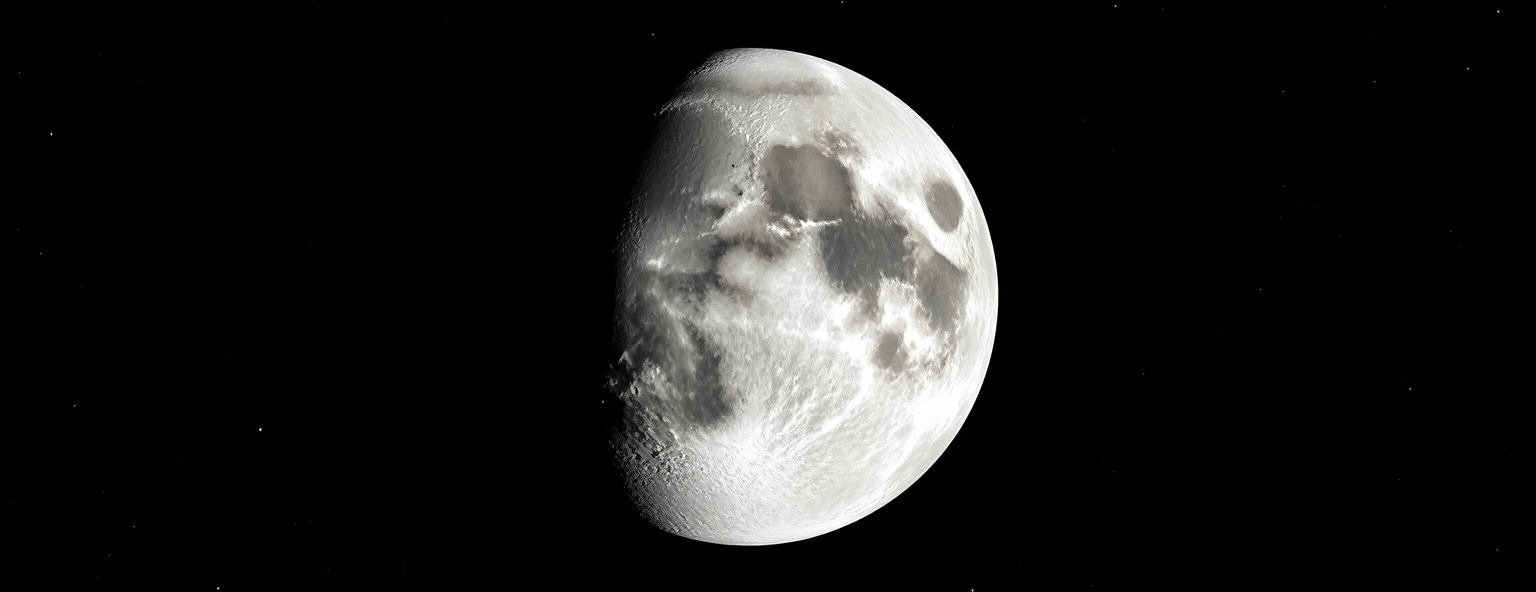
Discover Earth's Closest Celestial Companion
Explore the lunar surface, understand its phases, and learn about humanity's greatest achievements in lunar exploration.

Explore the lunar surface, understand its phases, and learn about humanity's greatest achievements in lunar exploration.
The Moon's appearance changes throughout its 29.5-day cycle as it orbits Earth, revealing different portions of its illuminated surface.
Waxing Gibbous
April 1, 2025 - 65% illuminated
Explore the lunar surface in detail. Rotate and zoom to discover craters, maria, and historic landing sites.
Sea of Tranquility - Apollo 11 landing site. Relatively smooth dark plain formed by ancient volcanic eruptions.
Sea of Tranquility - Apollo 11 landing site. Relatively smooth dark plain formed by ancient volcanic eruptions.
Loading 3D Moon...
Humanity's journey to understand and explore our closest celestial neighbor spans decades of scientific achievement.
The Moon's surface features dramatic highlands, vast plains, and thousands of impact craters formed over billions of years.

The Moon's surface is covered with impact craters, formed when asteroids and comets collided with the lunar surface. Without atmosphere or geological processes to erode them, these craters remain preserved for billions of years.

The dark areas visible from Earth are maria (Latin for "seas"), vast plains formed by ancient volcanic eruptions. The lighter regions are highlands, which stand several kilometers higher than the maria and feature more craters.

Rilles are long, narrow depressions on the lunar surface that resemble channels or trenches. They were formed by ancient lava flows, collapsed lava tubes, or tectonic activity. The most famous is Vallis Schröteri, which is about 160 km long.

The Moon has several mountain ranges, most of which form the rims of impact basins. The Apennine Mountains rise up to 5 km above the lunar surface and stretch for about 600 km along the border of Mare Imbrium, one of the largest craters in the Solar System.

The Moon's polar regions contain permanently shadowed craters where temperatures remain below -150°C. These cold traps contain water ice and other volatile compounds that have accumulated over billions of years, making them valuable resources for future lunar missions.
Key statistics and information about Earth's natural satellite.
The leading theory for the Moon's formation is the Giant Impact Hypothesis. About 4.5 billion years ago, a Mars-sized body called Theia collided with the early Earth. The debris from this collision eventually coalesced to form the Moon.
This explains why the Moon's composition is similar to Earth's mantle and why it lacks a large iron core compared to Earth.
The Moon is tidally locked to Earth, meaning the same side always faces our planet. This synchronous rotation occurred because Earth's gravitational pull slowed the Moon's rotation until it matched its orbital period.
As a result, the far side of the Moon remained unseen by humans until 1959 when the Soviet Luna 3 spacecraft captured the first images.
The Moon contains valuable resources that could support future space exploration:
Several missions are planned for lunar exploration in the coming years:

